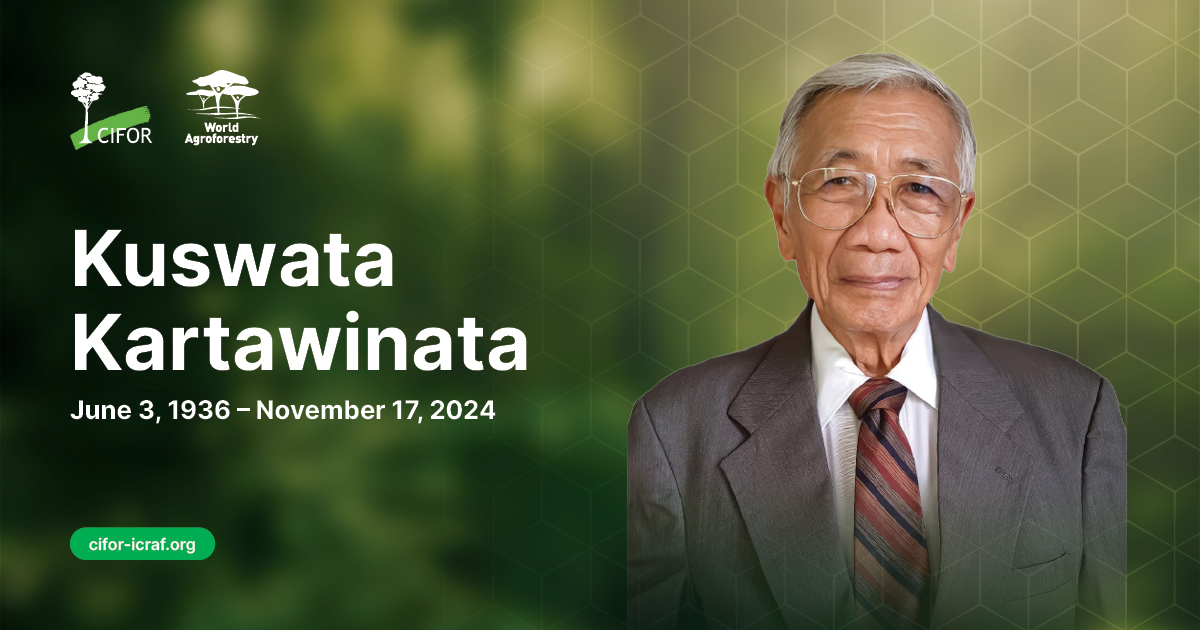Recent studies have shown that although swidden agriculture contributes to tropical deforestation in Latin America, swidden farmers also regenerate significant areas of secondary forests on their farms as part of the following process. This paper discusses the opportunities and constraints to farmers' regeneration and management of secondary forests. The analysis generalizes findings from case studies of new and old settlement areas in Peru, Brazil and Nicaragua, to derive generic management principles. In each country diagnostic farm surveys, multi-resource forest inventories and farmer-participatory research were carried out. Results show that about 25% of farm area remains under secondary forest even after a century of settlement. Secondary forests are the only significant forest resource available to the rural poor in older settlement areas. Secondary forests consist primarily of secondary forest fallows. Small areas are also maintained more permanently. Results show that an integrated resource management approach will be required, with management of secondary forests complemented by policy reforms and management of soils and residual forests. Different management strategies will be required for new and older settlement areas. For older settlement areas, strategies to reduce pressures for shorter fallows are identified, as well as principles for management of secondary forest fallows for soil recuperation and forest products. For newer areas, policies and technologies for slowing down the conversion of residual forest to agriculture and secondary forest would result in more biodiversity conservation and less, but more productive, secondary forest at later stages of frontier development. Management of secondary forest for high timber productivity, complemented by trade in forest carbon, may induce farmers to convert some of their fallow forests to permanent secondary forests.
Publication year
2001
Authors
Smith, J.; Finegan, B.; Sabogal, C.; Goncalves Ferreira, M.D.S.; Siles Gonzales, G.; van de Kop, P.; Diaz Barba, A.
Language
English
Keywords
resource management, secondary forests, shifting cultivation, fallow, agriculture, settlement, forests, frontier areas
Geographic
Brazil, Nicaragua, Peru





















